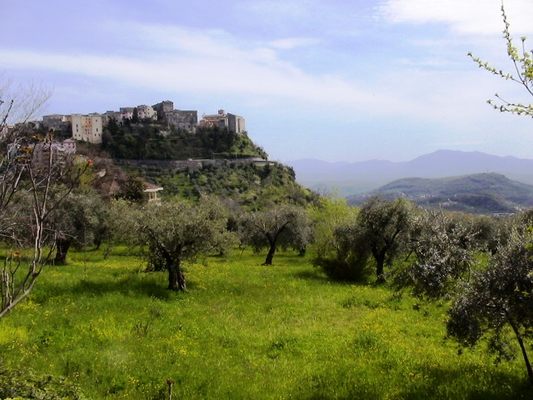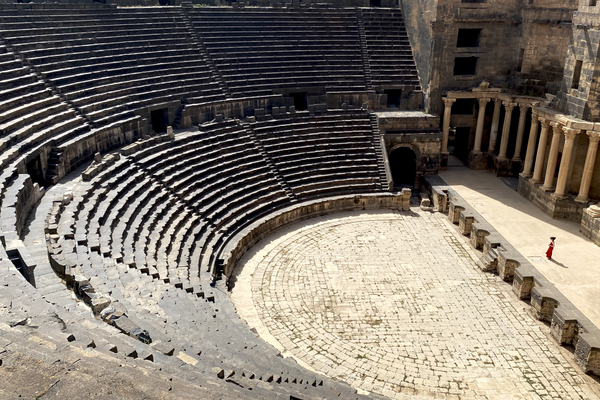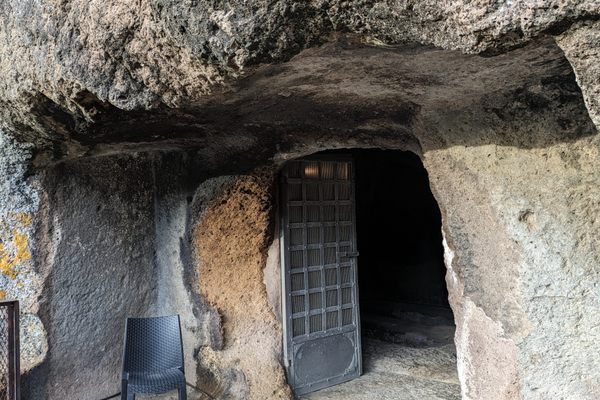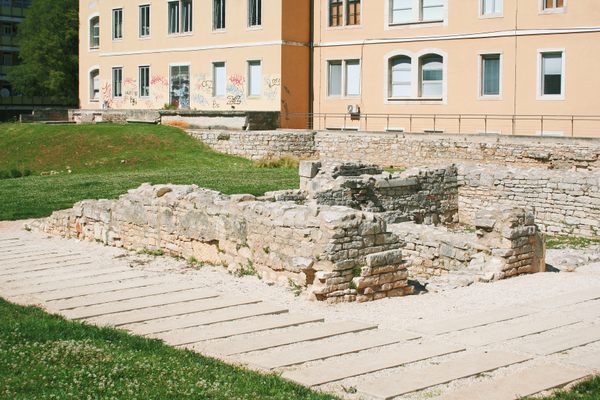About
Set against a wall in the courtyard of Casa Reali, a late medieval house in the town of Veroli, in the Italian region of Lazio, is an exceptional archaeological find: the Roman calendar known as Fasti Verolani.
The marble plaque was discovered in 1922 as a sealing stone for a tomb in a paleo-Christian necropolis discovered in the same spot. Camillo Sciacca Scarafoni, a local scholar, reconstructed the calendar from 60 fragments.
Three columns are preserved. For each month, Ian(uarius), Feb(ruarius), and M(artius), the calendar lists the public and religious festivities, market days, and main events. The kalendae (the first day of the month or new moon), nonae (the fifth or seventh day, or half moon) and idus (the thirteenth or fifteenth day or full moon) are listed, along with the initials for the nature of each day: fasti dies (F) were days on which business could be conducted, dies comitialis (C) were days on which assemblies could be held, dies nefasti (N) were days on which official transactions and assemblies could not be held on religious grounds, and dies nefasti publici (NP) and dies endotercisi (EN) which had similar restrictions.
The feriae (or, roughly, holidays) were divided in feriae publicae and feriae privatae. At the bottom of the calendar is also the number of days per month.
The calendar can probably be dated to the period following the death of Augustus (A.D. 14) and before the death of Livia in , since the January 17 is listed as: "FERIAE EX S(enatus) C(onsulto) QUOD EO DIE AUGUSTA NUPSIT DIVO AUG(usto)." This implies that Augustus had been deified and his wife, Livia, had received the title of Augusta from her husband, but was still alive then.
Related Tags
Flavors of Italy: Roman Carbonara, Florentine Steak & Venetian Cocktails
Savor local cuisine across Rome, Florence & Venice.
Book NowCommunity Contributors
Added By
Published
June 4, 2020























